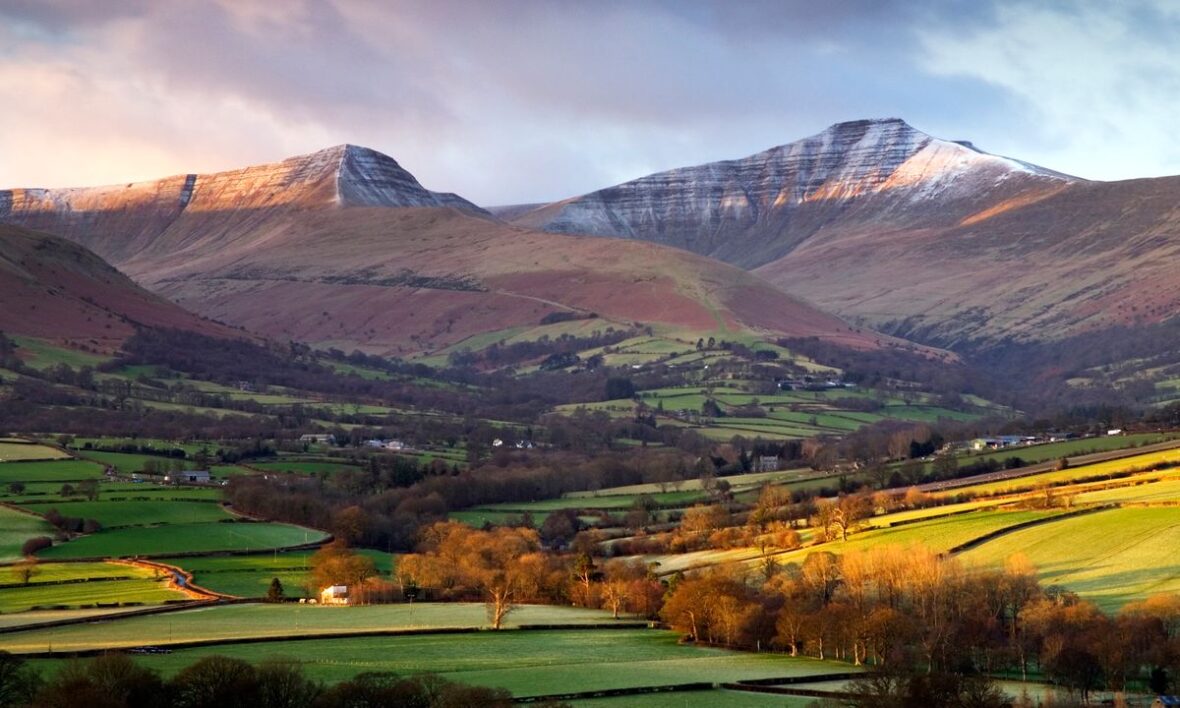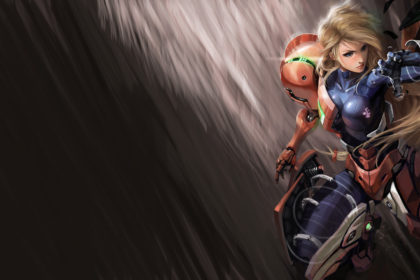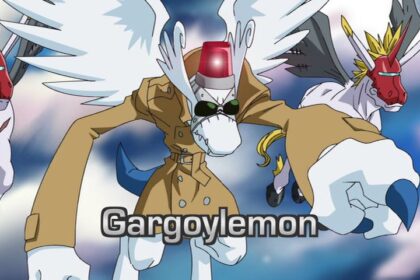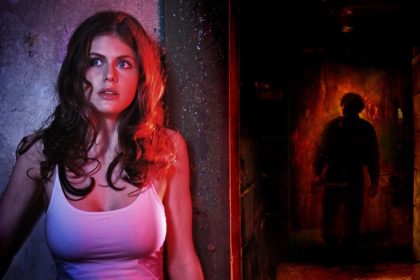Wales is home to some of the most gorgeous countryside, rugged plains, and incredible sights. Amongst these, the Brecon Beacons remain some of the most popular, and for good reason! One of the oldest national parks in the UK, this truly colossal region courts visitors from far and wide. While it might get rainy and cold at the best of times, that really is all part of the charm. However – while you might have been to the Beacons a few times, how much do you actually know about the region? Take a look below for 30 awesome and interesting facts about Brecon Beacons.
1. The Brecon Beacons National Park covers an area of 520 square miles in Wales.
2. The region was amongst the first of ten to be awarded the status ‘National Park’, back in 1957.
3. Two thirds of the area is of natural red sandstone.
4. In 1966, an information center was opened to assist visitors. The ‘Brecon Beacons Mountain Centre’ is near Libanus Village, in Powys, South Wales.
5. The Brecon Beacons National Park Committee managed the area from 1974. They were replaced in 1996 by the Brecon Beacons National Park Authority.
6. There are six peaks in the area, the highest being 886 meters above sea level. It is called ‘Pen y Fan’.
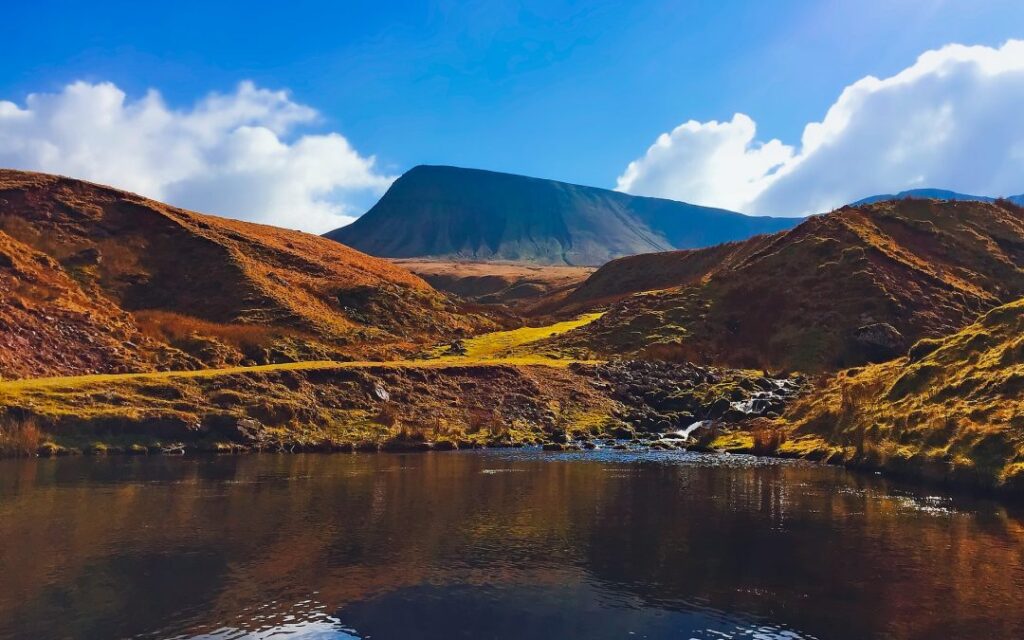
7. 70% of the land within the National Park is privately owned.
8. Over 1,250 farms are found in the National Park. Most farm sheep and cattle.
9. The first European ‘Geopark’ was officially founded at the Brecon Beacons in 2005.
10. 1,983 miles of access crisscross over the Brecon Beacons, opening up 2,800 ‘rights of way’.
11. Approximately 250,000 visitors use the facilities annually at visitor centers.
12. Parascending, climbing, caving, canoeing, hang-gliding, horse riding and mountain biking are all popular pastimes at the Brecon Beacons but walking and fishing remain the most popular.
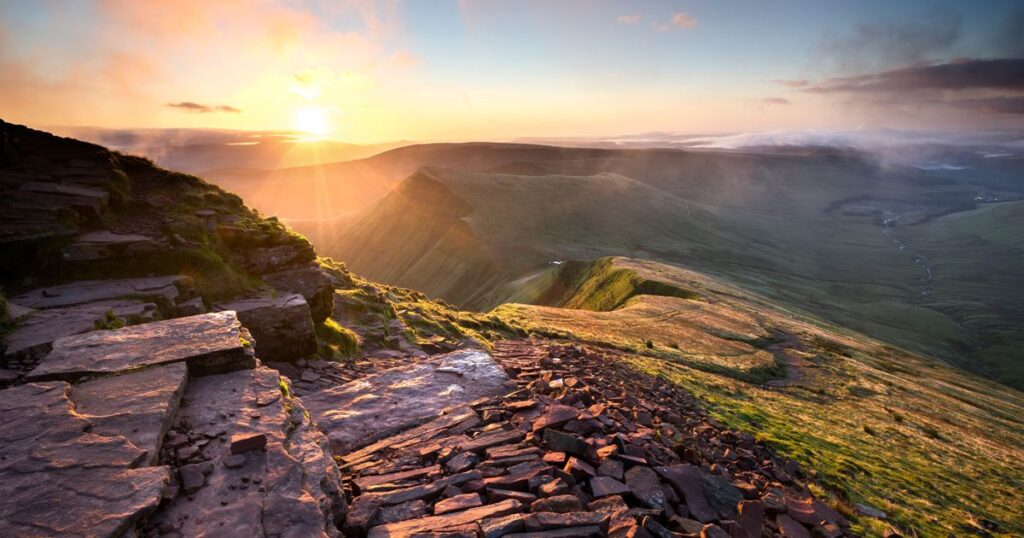
13. In 2013, the Beacons followed four other sites to become known as a ‘Dark Sky Reserve’. These are places with little pollution and permit clear observation of the constellations in the night sky. There are now several such reserves spread throughout the world.
14. The Brecon Beacons are thought to have been given the name in relation to the once common practice of lighting beacons to warn of enemies approaching.
15. At the National ‘Showcaves Centre’, people can get married! The Cathedral Cave is found 150 meters below ground level and civil ceremonies can take place there. Waterfalls nearby make for great photo opportunities!
16. The SAS use the Brecon Beacons for training. Extremes and sudden changes in weather, plus some rugged demanding terrain present them with situations they train to overcome.
17. ‘Henrhyd Falls’ near Coelbren were used as a double for the entrance of the ‘Bat Cave’ in the film ‘The Dark Knight Rises’.
18. A village in the National Park is extremely popular with visitors every December. It is called ‘Bethlehem’ and people go there to post their Christmas Cards – therefore, the envelopes postmark shows they came from Bethlehem!
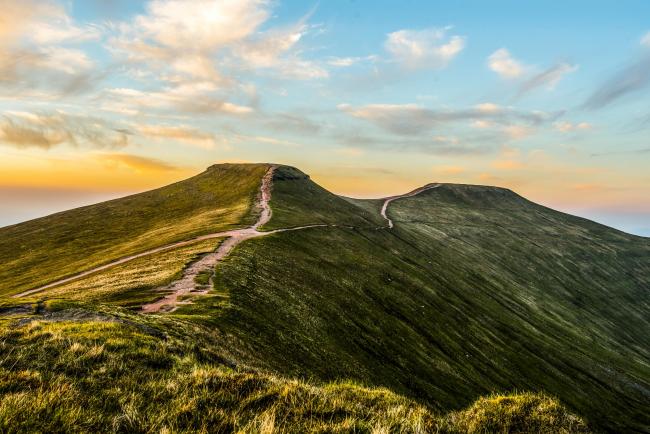
19. Brecon Cathedral is home to a ‘Cresset Stone’. In Medieval times, Cresset Stones were used to light churches and monasteries. Sallow and wicks were placed in cups set on the stone.
20. Brecon Cathedral dates back to 1093.
21. The site of the Cathedral at Brecon Beacons has been used to film some of the popular television series ‘Doctor Who’.
22. Brecon Barracks is the Headquarters for the Welsh Army – their administrative wing, anyway!
23. The famous Brecknock and Abergavenny Canal played a crucial part in the survival and economy of communities in the Brecon area, particularly during the 1800s. It facilitated the transportation of materials to and from the coal mines and iron works, as well as limestone to be used as both a material to build and a fertilizer for the land.
24. Abergavenny Castle dates back to 1087, constructed by the Normans at the will of Lord Hamelin de Balen.
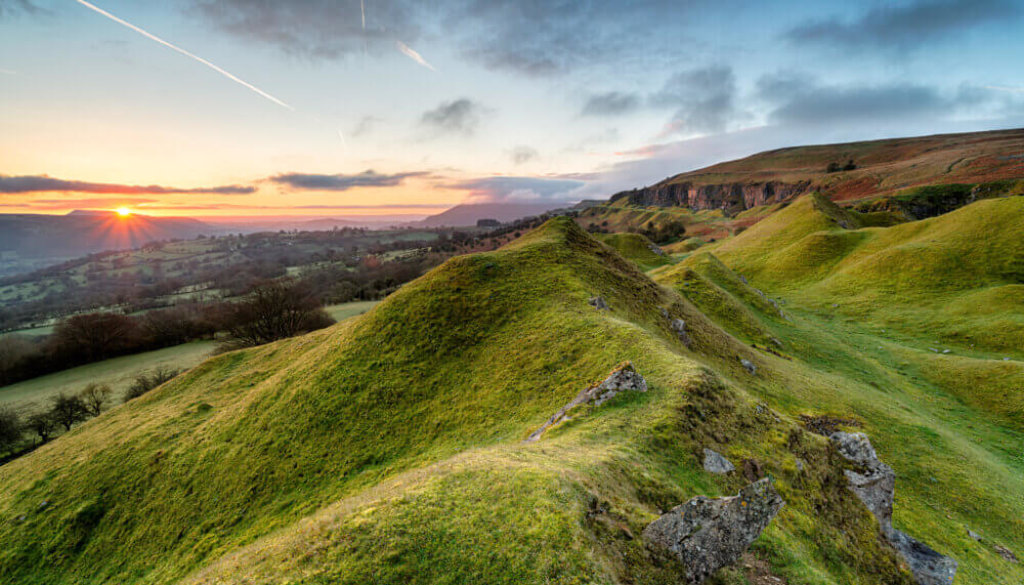
25. A massacre took place there in 1175,when many Welsh noblemen lost their lives.
26. Crickhowell Castle was also built by the Normans and constructed around 1121. In 1172, Welsh Rebels attacked the castle. In 1273,it is said6,000 men gathered there to support Edward the Conqueror conquering North Wales.
27. Brecon Beacons Tours’ publicity makes light of the wet weather enjoyed by the region. They advise, with good reason, that it’s best to visit the waterfalls in the rain when the flow is at its greatest!
28. Brecon Beacons National Park is a hotspot for Birdwatchers. The wheatear and whinchat are both rare species which can be found here. There are also peregrines, buzzards, marlins and grouse.
29. In 2015 a wild flower discovered in the Brecon Beacons, was named after Sir David Attenborough. It’s called the Heiracium Attenboroughianum.
30. Fishing in the waters of the Brecon Beaconsis popular for those seeking pike, perch, roach, tench, bream and eels.

